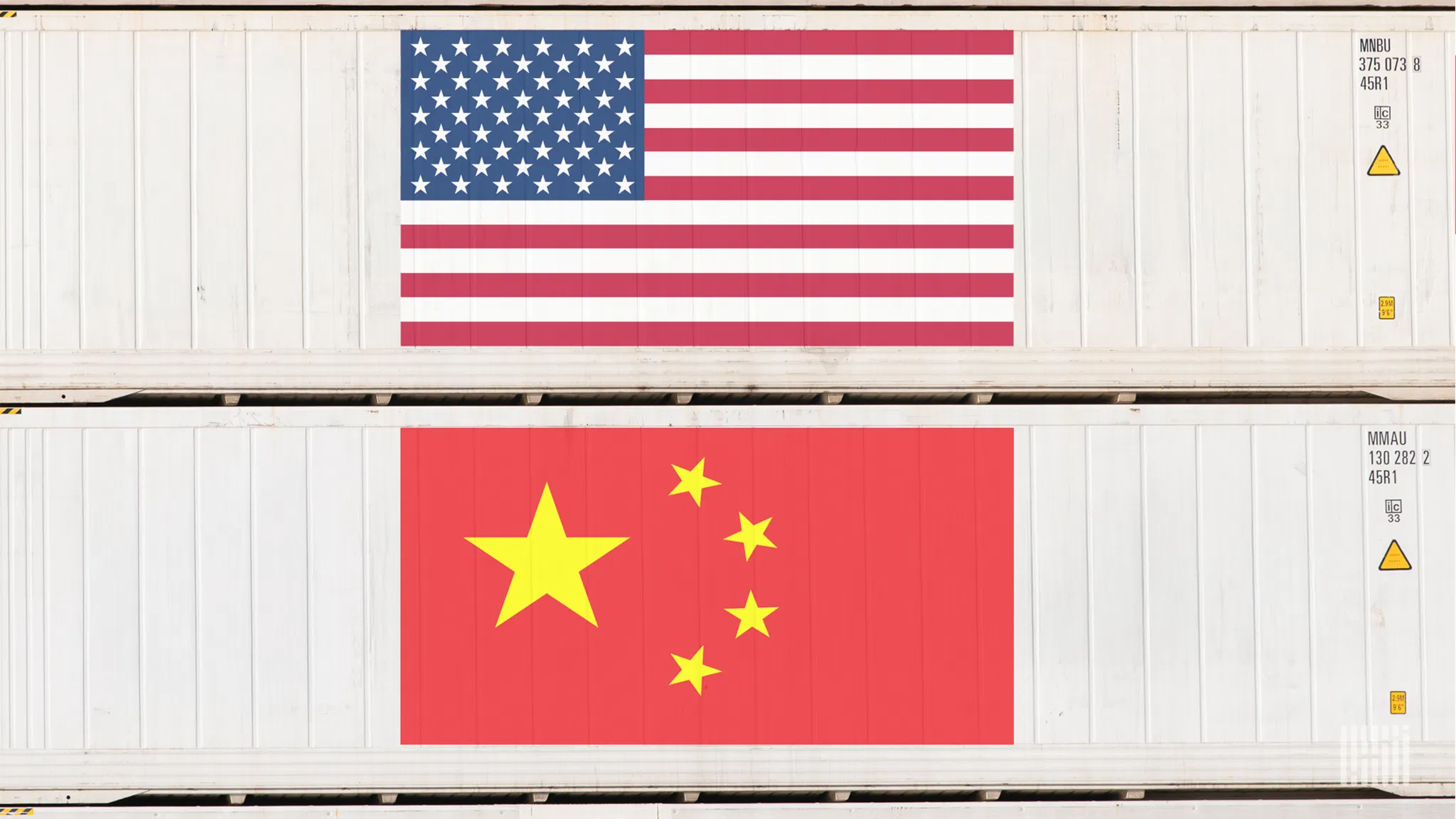Potential Reductions in Tariffs on Chinese Goods
The current dialogue surrounding tariffs on imports from China suggests that these could be significantly reduced, potentially down to 50%. Such a change sparks discussions about the broader implications for the global logistics landscape.
Current Tariff Landscape
As it stands, the United States has imposed a hefty tariff of 145% on various imports from China, along with some specific tariffs exceeding 245% for certain sectors. This hefty tax drastically affects the pricing and availability of goods, not just for the consumers in America, but also for the global supply chain.
A crucial aspect to consider is the extended implications that tariffs can have on logistics and transportation. Supplies are often routed through intricate networks and a decrease in costs can lead to wider availability of products in different markets, enhancing logistics efficiency.
Insights from Recent Sources
The notion of reducing tariffs stems from ongoing negotiations, with significant implications stated by a source who indicated, “They are going to be bringing it down to 50% while the negotiations are ongoing.” However, it’s essential to remain mindful of the fact that official channels within the government have dismissed this news as speculation, indicating that it may take time for concrete changes to materialize.
Impacts on South Asian Countries
In tandem with potential reductions in Chinese tariffs, discussions also hint at the possibility of reducing import duties on goods from neighboring South Asian countries by as much as 25%. This could create an environment conducive to increased trade and exchange between these nations.
Broader Economic Implications
These tariff adjustments could lead to a ripple effect within the logistics sector as transportation routes adapt to new market demands. If prices drop for materials typically imported from these regions, manufacturers may be incentivized to source more components from them, resulting in changes to distribution models and transport plans.
International Trade Dynamics
China is a significant player in U.S. trade, ranking as the third-largest trading partner. The relationship is marked by intricate ties influencing logistics and distribution channels worldwide. With current discussions suggesting a re-evaluation of duties, there is a pressing need for logistics providers to stay agile and responsive to these changes.
The reduction in tariffs can make products from China more competitive compared to domestically sourced goods. Thus, businesses must strategize to adapt, optimizing their supply chains and averting possible disruptions. It’s a delicate balance of driving cost efficiencies while ensuring the quality remains paramount.
Trade Discussions and Meetings
Recent announcements revealed that key figures such as Treasury Secretary Scott Bessent and Trade Representative Jamieson Greer are scheduled to engage in discussions with Chinese officials in Geneva. The mere existence of these talks signals an intent to mend trade relations and open avenues that may have been closed off due to high tariffs.
Chinese officials have expressed a willingness to negotiate, a move that reflects an understanding of the mutual benefits that could arise from restructured trade policies. As indicated by a spokesperson from the Chinese commerce ministry, their side has grasped the significance of these discussions and is keen to assess the broader expectations from U.S. businesses and consumers alike.
Conclusion
The world keeps turning, and so does the landscape of global trade. Increased tariffs often lead to stagnation in various markets; thus, reducing them could invigorate sectors previously restricted by hefty import taxes. The logistics industry should pay close attention to these developments as they can facilitate better planning, distribution, and overall efficiency in supply chains.
While insights gleaned from reports and negotiations provide essential context, nothing beats getting firsthand experience in the evolving logistics ecosystem. On GetTransport.com, users can efficiently plan their cargo transport needs globally, capitalizing on competitive prices. This empowers businesses and individuals alike to maximize informed decisions tailored to their logistical needs.
As the winds of change blow in the realm of tariffs and logistics, remember that GetTransport.com strives to keep pace with the changes, offering reliable and affordable options for moving goods efficiently. Start planning your next delivery and secure your cargo with GetTransport.com.

